Pipe leaks, caused by aging, corrosion, poor installation, or environmental damage, require timely intervention for minimal water waste and structural harm. Regular maintenance checks detect potential issues early. Understanding leak severity and causes enables efficient repair methods from DIY patching to professional replacement. Homeowners can opt for DIY solutions or professional plumbers for complex cases. Essential tools include wrenches, pliers, sealing tapes, and PPE; specialized tools are needed for hard-to-reach areas. A comprehensive guide offers step-by-step repairs, emphasizing leak testing after fixes. Regular maintenance, visual inspections, and addressing water damage promptly prevent costly leaks. Green practices using biodegradable materials and renewable energy reduce environmental impact in pipe repair.
Pipe leaks are a common household issue, causing damage and unnecessary water waste. Understanding the causes and types of pipe leaks is the first step towards effective repair. This article guides you through the process, from identifying leak severity to choosing between DIY or professional intervention. Learn about essential tools, step-by-step fixing guides, and maintenance tips for longevity. Discover green repair practices and when it’s time to call a plumber for serious problems. Master pipe repair with these insights.
Understanding Pipe Leaks: Common Causes and Types

Pipe leaks can arise from a variety of factors, often requiring prompt attention to prevent further damage and costly repairs. Common causes include aged pipes, corrosion, poor installation, or damage from environmental elements like freezing temperatures or tree roots. Different types of pipe leaks manifest in various ways; some may be subtle with a steady drip, while others could result in sudden gushes of water. Identifying the type of leak is crucial for effective pipe repair, as it determines the approach needed to address the issue.
Whether it’s a slow trickle or a more severe problem, timely intervention is key to minimizing water waste and structural harm. Regular maintenance checks can help detect potential issues early on. Understanding the causes and types of pipe leaks equips homeowners and property managers with valuable knowledge for proactive pipe repair measures.
Assessing the Damage: Identifying Leak Severity
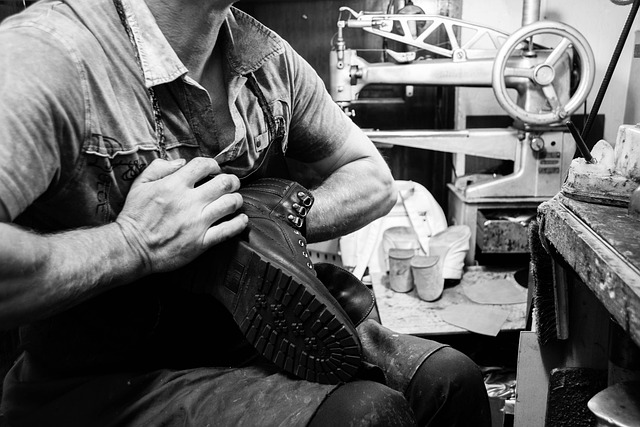
When assessing pipe leak repair, understanding the severity of the leak is crucial for effective and efficient fixing. The first step is to identify where the leak is coming from. This involves visually inspecting the pipes for any visible signs of damage or corrosion, as well as listening for unusual noises that could indicate a leak. By pinpointing the source, you can determine if it’s a minor crack or a more significant issue.
Leak severity varies greatly, from small pinholes to large gashes. Minor leaks might only cause a subtle water stain on the wall or floor, while major leaks can result in substantial water damage and even structural threats. Recognizing these differences is vital as it dictates the repair methods needed—from simple patching to complete pipe replacement. Accurately assessing the leak’s extent ensures that you address the problem comprehensively, preventing further complications and costly repairs down the line.
Methods of Pipe Repair: DIY vs Professional Intervention

When it comes to pipe repair, there are two primary approaches: DIY and professional intervention. For minor leaks or simple issues, some homeowners opt for a DIY solution. This often involves purchasing supplies like epoxy putty, silicone sealants, or chloride-based pipe leak detection solutions. Online tutorials provide step-by-step instructions, making it seem accessible. However, for more complex pipe repairs, especially in older homes with corroded pipes, professional help is indispensable.
Professional plumbers possess the expertise and tools to identify the root cause of a leak accurately. They can handle various repair methods, including relining pipes, replacing sections of piping, or installing new fixtures. While DIY solutions might save costs initially, professional intervention ensures long-lasting repairs, prevents further damage, and guarantees water supply safety. Choosing the right approach depends on the leak’s severity, your comfort level with plumbing tasks, and considering that some pipe repair jobs are best left to experts for optimal results.
Tools and Equipment Required for Effective Repairs
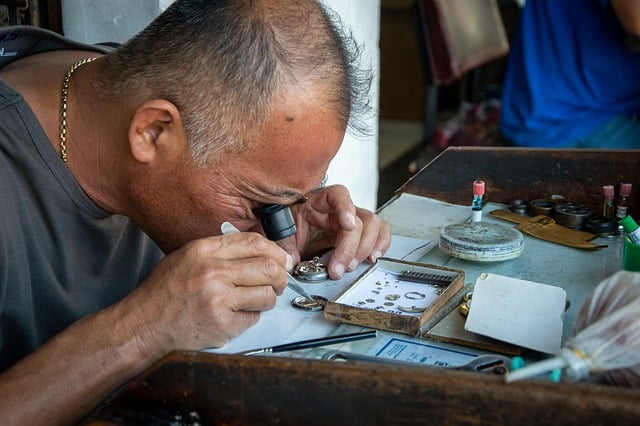
When it comes to pipe leak repair, having the right tools and equipment is paramount for effective and efficient fixes. Traditional tools include a wrench or pliers for tight connections, a hacksaw for cutting pipes, and various types of tape or compounds for sealing joints. For more complex leaks, consider investing in specialized tools like a pipe cutter, adjustable wrenches, and epoxy injection kits, which are designed to address hard-to-reach areas and provide durable repairs.
Additionally, personal protective equipment (PPE) is essential during the repair process. Gloves, safety glasses, and long sleeves protect against sharp edges and potential chemical exposure from sealants. Proper ventilation is also crucial when working with chemicals inside confined spaces to prevent inhalation of harmful fumes.
Step-by-Step Guide to Fixing Common Pipeline Issues
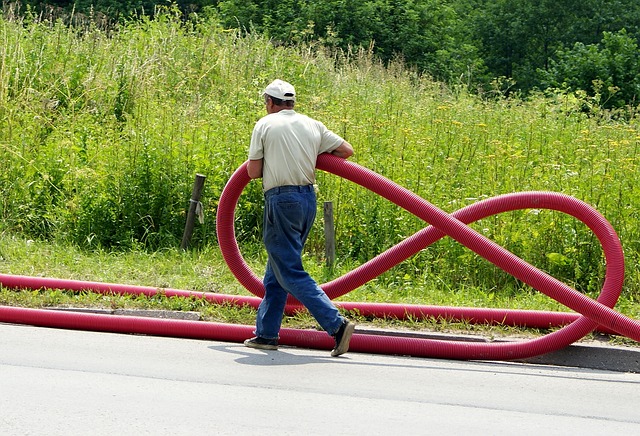
Step-by-Step Guide to Fixing Common Pipeline Issues
Identifying and repairing pipe leaks is a crucial skill for any homeowner or DIY enthusiast. Before diving into the repair process, it’s essential to pinpoint the source of the leak. Start by turning off the water supply at the main valve to prevent further wastage. Then, locate the affected area—look for wet spots, dripping water, or unusual noises. Once identified, assess the damage: is it a small crack, a loose connection, or a burst pipe? For minor cracks or leaks, applying a plumbing tape or pipe repair compound can be an effective temporary fix. Ensure the area is dry before application to achieve the best bond.
If the issue is more severe, such as a burst pipe, replacement might be necessary. Cut off the damaged section and measure the length required for a new piece of pipe. Purchase the appropriate fitting and join the new pipe using thread tape or a pipe coupler. After installation, test for leaks by turning on the water supply at the main valve and checking for any drips or spills. Regular maintenance, including inspecting pipes for corrosion or damage, can help prevent common pipeline issues from becoming major problems.
Preventive Measures: Maintenance Tips for Longevity

Regular maintenance is key to preventing pipe leaks and ensuring longevity. Start by inspecting pipes for any signs of damage, corrosion, or moisture. Keep an eye out for unusual noises, such as dripping or banging, which could indicate weak spots. Schedule periodic professional inspections to identify potential issues early on.
Implement simple preventive measures like insulating exposed pipes in colder climates to prevent freezing and bursting. Use quality pipe repair kits for minor cracks or gaps, and ensure all connections are secure and sealed. Regular cleaning of pipes can also prevent buildup that may lead to clogs and pressure-related leaks.
When to Call a Plumber: Recognizing Serious Problems
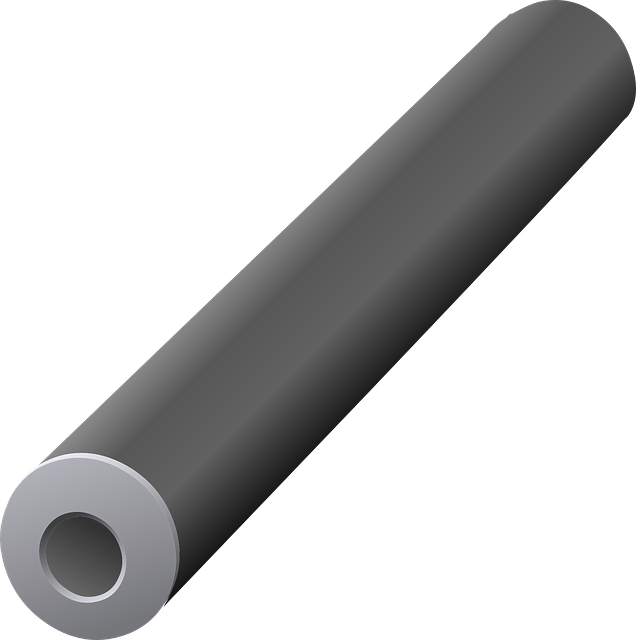
If you notice persistent water damage or significant water bills that can’t be attributed to other factors, it might be time to call a plumber for pipe repair. Leaks often start small but can escalate quickly, leading to substantial property damage and wasted resources if left unattended.
Serious red flags include visible cracks or bulges in pipes, constant dripping from fixtures, or water stains on walls, ceilings, or floors. In some cases, you might hear bubbling or hissing sounds coming from your pipes, indicating a leak that requires professional attention. Prompt action is crucial to prevent these issues from becoming costly and disruptive home emergencies.
Green Repair Practices: Eco-Friendly Solutions for Leaks
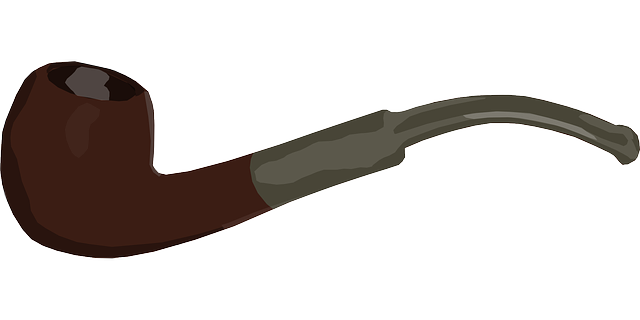
In the realm of pipe repair, adopting green practices not only benefits the environment but also offers sustainable solutions for leak issues. Eco-friendly options are gaining traction as professionals recognize the impact of traditional methods on natural resources. One such approach involves utilizing biodegradable sealants and adhesives, which minimize environmental harm compared to toxic chemicals often used in pipe repairs. These products are designed to effectively stop leaks while ensuring no adverse effects on nearby ecosystems or human health.
Additionally, the integration of renewable energy sources for repair operations is another innovative trend. Solar-powered tools and equipment reduce carbon footprints associated with traditional energy consumption. By harnessing clean energy, plumbers can perform leak repairs with a lower environmental impact. This shift towards sustainability in pipe repair not only contributes to ecological preservation but also aligns with the growing demand for eco-conscious solutions among conscious consumers.
